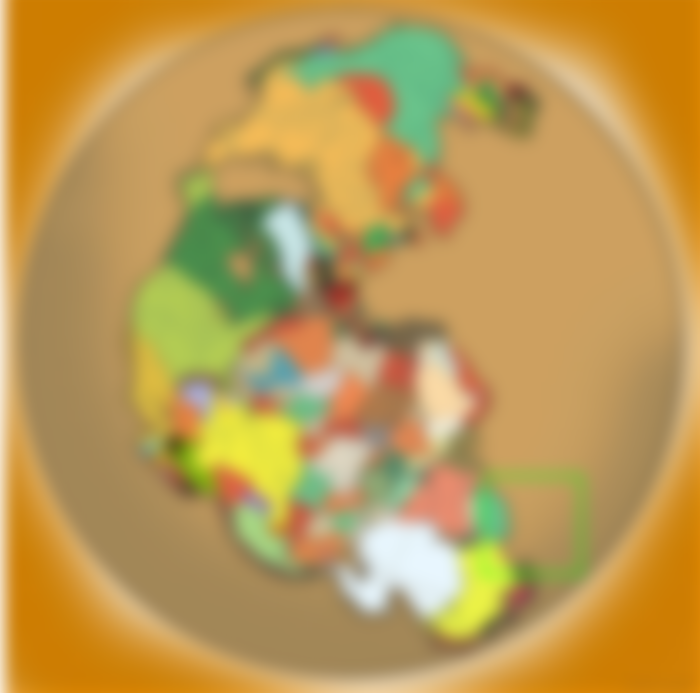
The new model of development of the planet Earth assumes that some continents existed for only a few billion years, and then disappeared without a trace.
When the Earth was still a young planet, there were many continents on it that disappeared in the meantime, leaving only a few traces behind, the latest research showed.
Based on the comparison of the age and radioactivity of rocks from different parts of our planet, a hypothesis was created about the continents that were an integral part of the Earth for the first few billion years. These continents supported the emerging civilization and then disappeared without a trace.
Efforts to study the Earth from the time when the first traces of life appeared on it required a more detailed investigation of several remote locations, where rocks from that time are still found.

According to scientists , those continents "lived fast and short", but they created the basis for the formation of new, more permanent continents, from which tectonic plates were formed.
The continents were weak and prone to destruction in their ‘childhood’ four to 4.5 billion years ago, after which they gradually changed and became firmer over the next billion years to form the basis for modern continents.
The explanation for this is that the Earth's crust formed slowly, and that the Earth's surface was initially covered with a thin crust of the ocean, which is recycled every few hundred million years.

For hundreds of millions of years, the continents have been more or less stable, but have shifted due to a series of tectonic activities, forming various shapes, including the former supercontinent of Pangaea.
The appearance of the "puzzle" of the continents several hundred million years ago is similar to today's "puzzle", but there is very little information about what the continents looked like in the early history of our planet.
To study this early period of history, scientists used computers to create an interaction of rocks and magma in the earth's crust and below. Scientists assume that the temperature of the Earth's interior was three to four times higher in its early days. The Earth's crust was much warmer , but also thinner, so that the continents easily split and were again covered by volcanic magma.
The new continents would then emerge from the magma that covered the previously submerged continents. By the beginning of the Archaic, 2.5 to four billion years ago, at the end of Hadayka, the basis for today's continents had already been laid. In the last decades of the twentieth century, geologists identified several rocks in the area of western Greenland.


